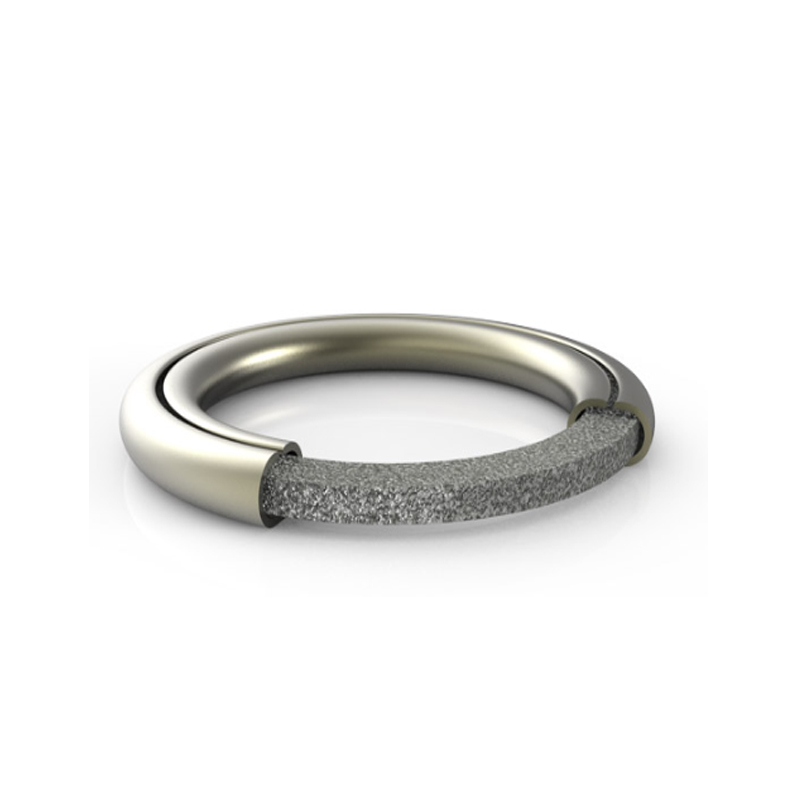Essential Tips for Maintaining Your Oil Pan Drain Plug to Prevent Leaks and Ensure Longevity
Understanding the Oil Pan Drain Plug Essential for Engine Maintenance
The oil pan drain plug, often overlooked in routine maintenance discussions, plays a crucial role in the overall health of an engine. Located at the bottom of the oil pan, this small but vital component serves as the primary access point for oil changes. Understanding its function and maintenance is essential for any vehicle owner who wishes to ensure optimal engine performance and longevity.
What is an Oil Pan Drain Plug?
The oil pan drain plug is a threaded fastener that seals the oil pan's drainage hole. It allows for the removal of engine oil during an oil change, providing a way to empty the old oil before replacing it with fresh lubricant. The drain plug is typically made of aluminum or steel and may feature a magnetic tip designed to capture metal shavings that accumulate over time, offering an early warning of engine wear.
Importance of Regular Oil Changes
One of the primary reasons for regular oil changes is to maintain the proper lubrication of engine components. Over time, engine oil breaks down due to heat and contamination, becoming less effective in protecting the engine. The oil pan drain plug facilitates this essential maintenance task by allowing for the complete drainage of old oil, ensuring that the new oil can be added without any leftover contaminants.
Neglecting to change the oil regularly can lead to increased friction between engine components, overheating, and ultimately engine failure. Therefore, the oil pan drain plug is a key element in maintaining an engine's health.
DIY Oil Changes and Drain Plug Maintenance
Changing engine oil is often a straightforward task that many vehicle owners handle themselves. Understanding how to operate the oil pan drain plug is essential for a successful DIY oil change. Here’s a basic step-by-step guide
oil pan drain plug

1. Preparation Gather the necessary tools, including an oil catch pan, a wrench for the drain plug, and a new oil filter. 2. Warm Up the Engine Before draining the oil, run the engine for a few minutes. This helps to warm the oil, making it less viscous and easier to drain.
3. Position the Catch Pan Place the catch pan beneath the oil pan, ensuring it is adequately positioned to capture all the draining oil.
4. Remove the Drain Plug Using the appropriate wrench, carefully loosen and remove the drain plug. Allow the oil to flow freely into the catch pan. Be cautious, as the oil may be hot.
5. Clean the Plug Once the oil has completely drained, clean the drain plug and inspect it for wear or damage. This is also a good time to check the magnetic tip (if applicable) for metal shavings.
6. Reinstall the Plug After the oil pan is empty, securely reinstall the drain plug, ensuring it is tightened but not over-torqued, which can damage the threads.
7. Replace the Oil Filter and Add New Oil Following this, replace the oil filter and refill the engine with fresh oil according to the manufacturer's specifications.
Conclusion
The oil pan drain plug is a small yet significant component in engine maintenance. Regularly changing your vehicle's oil, facilitated by the drain plug, is essential for promoting engine longevity and efficiency. By understanding its function and maintaining it properly, vehicle owners can significantly contribute to the health of their vehicles. Whether you choose to perform oil changes yourself or take your car to a professional, the oil pan drain plug is a component that deserves attention as you maintain your engine.
-
The Ultimate Guide to Boat Propeller Bearings and Trailer Wheel Bearings
News Jul.31,2025
-
The Essential Guide to Marine Bearings and Boat Trailer Wheel Bearings
News Jul.31,2025
-
The Complete Guide to Heavy Duty Seals: Protecting Doors and Spaces Efficiently
News Jul.31,2025
-
Essential Guide to Marine Shaft Bearings and Boat Trailer Axle Bearings
News Jul.31,2025
-
Comprehensive Guide to Marine and Trailer Bearings for Safe Boating and Transport
News Jul.31,2025
-
Comprehensive Guide to Automotive Oil Seals: Protecting Your Engine and Shafts
News Jul.31,2025
-
Understanding Automotive Oil Seals: Essential Components for Engine and Shaft Protection
News Jul.30,2025
Products categories















